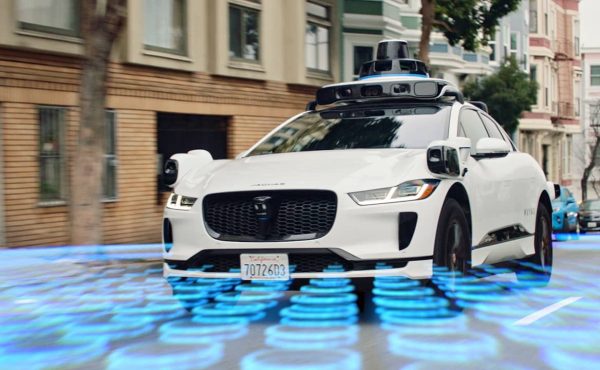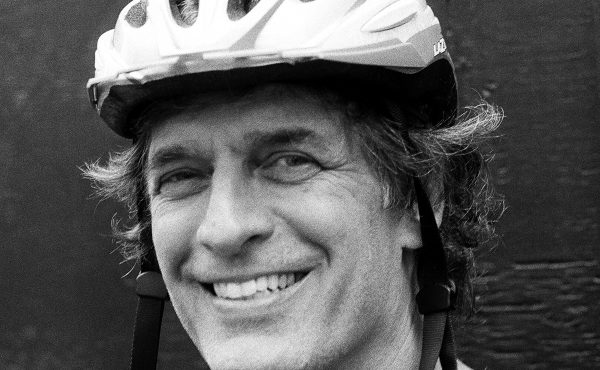![]()

I’ve been doing a New Year’s file clearing, and I came across various articles that I had set aside because I thought they might be of interest to our readers.
• The Toronto Star recently had a wild story from London, England, where the health service created a drunk tent at a subway station in the financial district, where doctors and nurses could deal with people incapacitated by drinking too much at Christmas office parties and getting sick or passing out in the subway system.
• The Star‘s “Wheels” section recently had a story about “demotorization” in Japan. It seems increasing numbers of Japanese no longer see cars as a status symbol, and the rate of car ownership in Japan is beginning to decrease. Since the article is in the “Wheels” section, this is portrayed as a problem, but really it’s a process that needs to happen everywhere. As I wrote in Spacing earlier this year, cars can be useful, but we can’t sustain the number that we currently consume. Rather than trying to find ways to keep the industry at its present rate of production, governments need to find ways to help companies convert part of this production to other uses.
• A report earlier this year found that India’s roads are the most dangerous in the world, especially for cyclists and pedestrians. In an interesting counterpoint to the popular idea of “shared streets” where boundaries between modes of transport are reduced in order to calm traffic, some Indian commentators believe that one of the causes of this danger is in fact the lack of separation between cars and more vulnerable modes of transportation in India.
Rohit Baluja of Delhi’s Institute of Road Traffic Education said: “The real issue is not car design but road design. About 85% of all deaths on the roads are pedestrians and cyclists, not drivers. We do not design traffic management systems to separate different streams of traffic. In America this began in 1932.”
• A favourite new word of mine is “pedlock” — what happens when you get so many pedestrians in one place that they have a hard time moving. It turns out it’s been around for a while, but I first saw it in a report about the problems of Times Square in New York (PDF) and some of the solutions the Times Square Alliance is coming up with to deal with them.
• It’s easy for those of us with full mobility to overlook flaws in the sidewalk. But a study out of Great Britain estimated that falls by the elderly as a result of dangerous or damaged sidewalks cost the health service almost a billion pounds a year (close to $2 billion dollars). It calculated that 2.5 million British seniors fall in a year as a result of flaws in the sidewalk, and a third of them had to go to hospital. It also discovered that significant number of seniors avoided specific areas where sidewalks seemed risky or neglected, which effectively restricted their mobility.
• Finally, this may be old news to some people, but several cities in CCTV-mad England have introduced talking CCTV cameras to monitor heavily-used public spaces in recent years. The city of Middlesborough was one of the first, and the government then provided grants to spread them to other cities. Operators monitoring the camera feeds who observe people behaving in an “anti-social” manner, such as littering, can admonish them from the camera and tell them to behave. Critics describe it as “Big Brother gone mad”. I confess I find the possibilities of random public etiquette orders from disembodied voices both disturbing and hilarious: “You! In the puffy jacket! Don’t pick your nose!”.

Top photo by 416style; graphic from the BBC.




7 comments
I can’t believe it took this long for people in Japan to stop buying cars as “status symbols†I know people here in Tokyo that drive less than 4,000 km per year yet still feel the need to have a car. These same people pay 20,000 – 40,000 yen per month in parking fees at their home. I could never figure out haw they didn’t do the math that it would be cheaper to take a taxi everyday than own a car. So I too view this as good news.
On the last point, it’s more disturbing than hilarious. Certainly that is the case when you experience it for yourself. England is turning into a strange land. Let’s hope Toronto never stoops so low and infringes on individual rights to that extent. Oh wait… don’t we have cameras on every streetcar and bus now? At least there are no voices emanating from them (for now).
“Rather than trying to find ways to keep the (auto) industry at its present rate of production, governments need to find ways to help companies convert part of this production to other uses.”
Or maybe we need to get away from this production/consumption madness altogether and devote our energies to, oh, gardening? art? childcare?
Motor vehicles are so entrenched that even when people don’t want them they are still being supported, not only with massive bailouts but also in small ways such as the civic bylaw that requires even downtown condos to have a large amount of parking.
The number of vehicles in Japan is still going up, just because the rate of increase is falling a bit is no cause for the Star to worry.
Bring on a fourth Wheels section, lol.
This is interesting because I’ve felt that India is making many of the same mistakes that were made here back then, such as dividing cities to make expressways and getting rid of any semblance of shared streets.
I don’t believe that lack of separation is the direct cause of road deaths in India, but rather gridlock and lack of respect for cyclists and pedestrians. Separation just might be the easiest way to solve that single problem, but it has other externalities that we’re all familiar with. Here’s a video of a new BRT corridor/separated streets in Delhi (this used to be very congested street with buses, cycles and cars all on the same street): http://www.youtube.com/watch?v=pcUqg41uzOQ&feature=related
What we can glean from this (which we already knew) is that shared streets aren’t appropriate for every situation and different levels of mixing are appropriate for different situations (basically, context is important).
What is wrong with monitoring good behaviour in people? If it is only used for that purpose under a democratic system I don’t see anything wrong with it. The benefit is lowering the crime rate and also anti-social behaviour which harms us all. What is wrong about telling people to clean up after themselves and using bins to dispose of garbage? Haven’t we all been bothered from time to time by careless citizens who don’t observe the most basic laws of social behaviour? Shouldn’t we tell them to behave better? But of course some of these “citizens” are rude and nobody dares to tell them that. Well, at least let the cameras take over the responsibility we all have but shun.
American civil libertarians would do well to keep out of the UK. Now, on top of the more than 4 million video surveillance cameras blanketing The Kingdom, seven of the 158 CCTV cams in the Northern town of Middlesbrough have been fitted with loudspeakers. Do something “anti-social” and prepare for an earful of reprimand from the camera operators. As Jack Bonner, who manages the system, gloats: ‘It is one hell of a deterrent. It’s one thing to know that there are CCTV cameras about, but it’s quite another when they loudly point out what you have just done wrong.” As you might expect, yobs who cease their misanthropics will be acknowledged with a polite “thank you” from our well-mannered special friends. How sweet. And if they continue? Well, it’s just a matter of time until the Ministry of Love’s robots will be dispatched for collection.